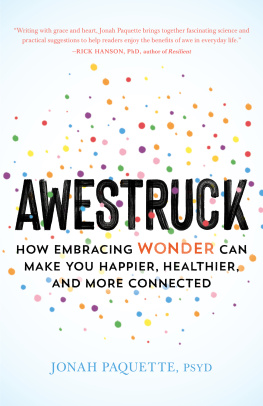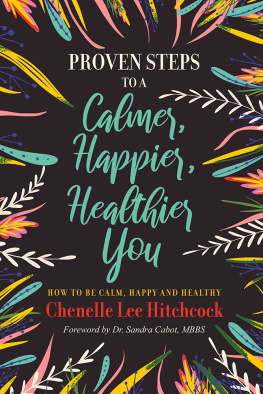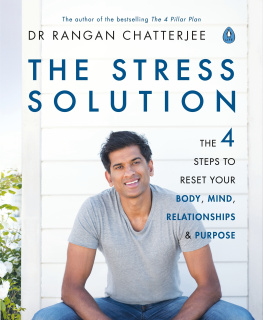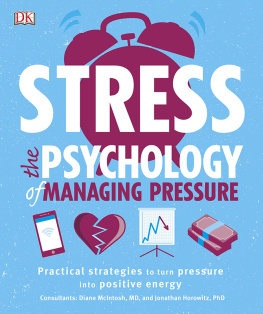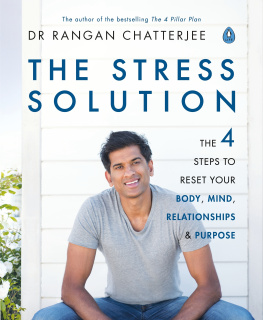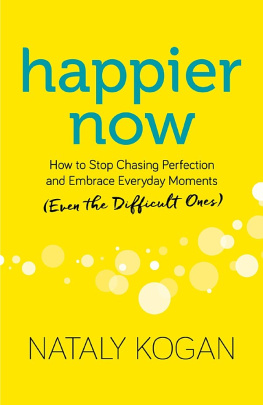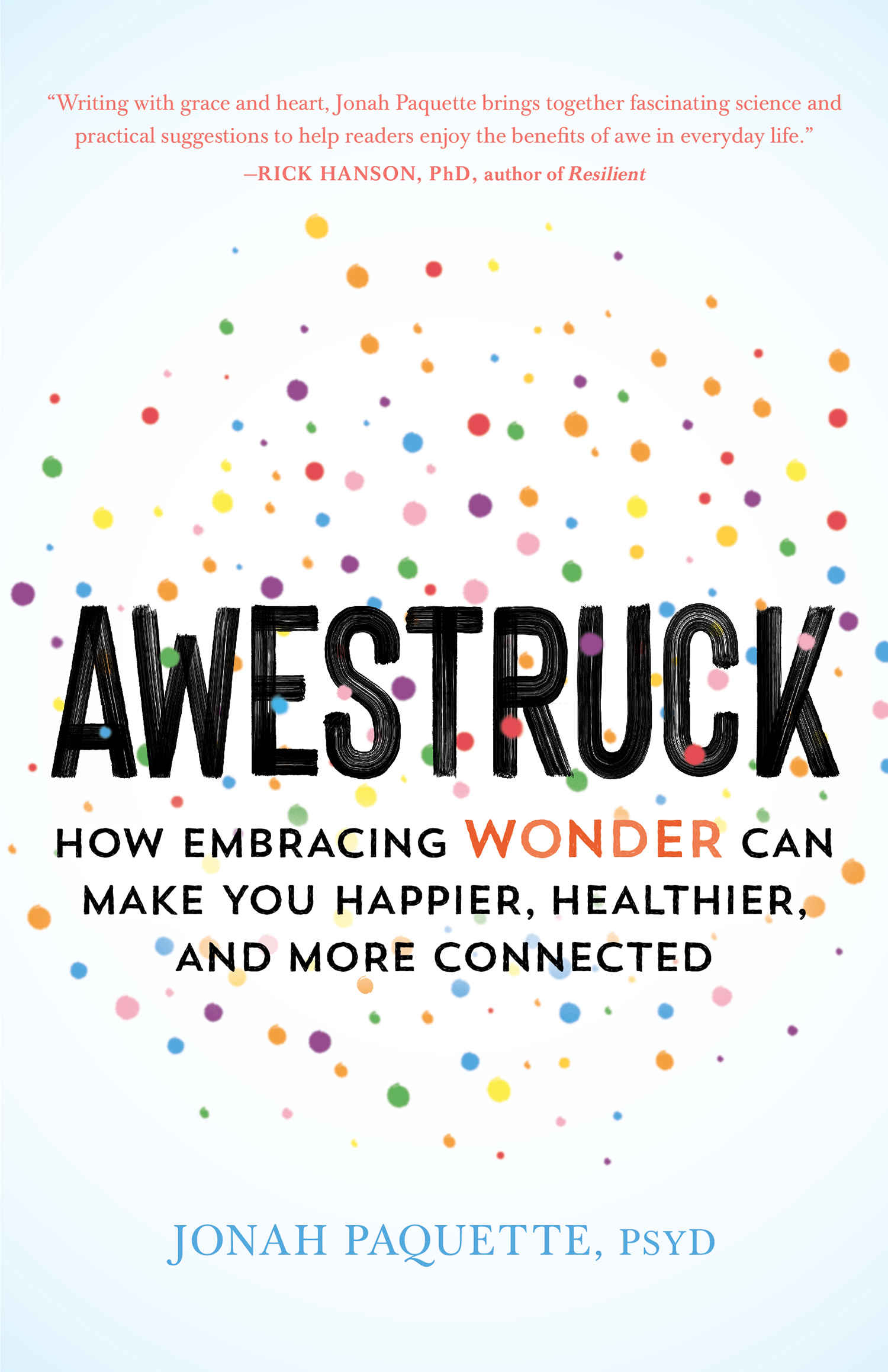Contents
Landmarks
Print Page List
Praise For
AWESTRUCK
An eloquent call to restore more awe and wonder to our lives, and a powerful reminder of the potential for ourselves and our species when we give ourselves over to something larger.
CHRISTOPHER WILLARD, PSYD
author of Breathing Makes It Better
Jonah Paquettes wonderful book on the profound experience of awe brings together a rich blend of awestruck stories with cutting-edge research. This book not only entertains but is also full of great insights from the new science of positive psychology.
JOHN ARDEN, PHD
author of Rewire Your Brain and Mind-Brain-Gene
Awestruck is an inspiring invitation to cultivate experiences of wonder as gateways to less stress and time pressure, and more gratitude, meaning, satisfaction, and well-being in our daily lives. The suggested practices are immediately useful; the effects are life-changing and lifelong.
LINDA GRAHAM, MFT
author of Resilience
Jonah Paquette provides a map for us to cultivate the awe that is possible in our lives. He helps us understand it and keeps us wanting more. Awestruck is a true gift to us all.
DAVID KESSLER
author of Finding Meaning
Shambhala Publications, Inc.
4720 Walnut Street
Boulder, Colorado 80301
www.shambhala.com
2020 by Jonah Paquette
Cover art: tigerstrawberry/iStock
Cover design: Daniel Urban-Brown
Interior design: Kate Huber-Parker
All rights reserved. No part of this book may be reproduced in any form or by any means, electronic or mechanical, including photocopying, recording, or by any information storage and retrieval system, without permission in writing from the publisher.
Library of Congress Cataloging-in-Publication Data
Names: Paquette, Jonah, author.
Title: Awestruck: how embracing wonder can make you happier, healthier, and more connected/Jonah Paquette, PsyD.
Description: First edition. | Boulder, Colorado: Shambhala, [2020] | Includes bibliographical references and index.
Identifiers: LCCN 2019040809 | ISBN 9781611807745 (trade paperback)
eISBN 9780834842809
Subjects: LCSH : Awe. | Happiness. | Self-actualization (Psychology)
Classification: LCC BF 575. A 9 P 37 2020 | DDC 152.4dc23
LC record available at https://lccn.loc.gov/2019040809
a_prh_5.5.0_c0_r0
INTRODUCTION
August 21, 2017, did not unfold like a typical, late-summer day. In many parts of the continental United States, people gathered in mass crowds, congregating in large open spaces where they could get a clear view of the sky overhead. A record number of people called in sick to work, and in some places traffic was backed up as far as the eye could see. Millions of people took road tripsso many people visited Oregon in fact, that the National Guard had to be called in. And in Wyoming, the normal population of around half a million had doubledperhaps even tripled, according to some estimates.
The number of marriage proposals, which normally hits a lull in the August heat, spiked. And the photo-sharing platform Instagram reported a record number of posts, with many sharing the same distinct hashtag. Millions of people sported the same distinctive set of sunglasses, whether they normally wore glasses or not.
As the day went on and the crowds continued to gather, the sky suddenly began to darken. All across the country, people gazed upward together. Aside from the occasional sigh or gasp, an eerie silence hung in the air, accompanied by looks of wonder and reverence. What exactly was going on? Was it a UFO? An alien invasion? The coming of the Apocalypse? No, not exactly. The answer was far less frightening, though no less monumental.
Dubbed by many in the media as the Great American Eclipse, August 21, 2017, marked the day that a complete solar eclipse was visible across the United States, from the Pacific Coast all the way to the Atlantic Coast. An eclipse visible across the United States hadnt happened in over a hundred years, long before those in the sky-watching crowds had even been born. People gathered to watch the eclipse because they wanted to see something rare, and also because they were seeking a unique emotional experience, one thats central to being human, but which is often misunderstood, even neglected. Indeed, on August 21, 2017, people gathered to gaze at the sky because they were seeking to feel awe.
Think of how you feel when you watch a gorgeous sunset, listen to a poignant piece of music, or witness an inspiring act of kindness by one stranger to another. We experience awe when we come across something so vast, so powerful, or so moving that we cant fully wrap our minds around it. Our innate desire to feel awe is nothing newas well explore, the ability to experience awe is as core to the human experience as breathing, eating, sleeping, and mating. However, the science of awe is in its relative infancy, with exciting findings emerging seemingly every day. With each new study, were beginning to uncover pieces of the puzzle and unwrap the mysteries of awe. So far, the findings have been profoundawe, it appears, is the rare sort of experience that can truly transform our lives. By experiencing more awe in our daily lives, we can become less stressed, healthier, happier, and more connected to those around us. Experiences of awe dont have to be grand, like a total solar eclipse, to offer benefit. Any experience of awe can touch our lives and help us connect with our world with more compassion.
People have spoken of awe throughout the centuries and have long sought to better understand it. For most of human history, awe was considered strictly within the domain of religion. The ancient Greeks, early Christians, Hindus, and Buddhists spoke of awe in terms of its ability to bring us closer to the divine. With the Age of Enlightenment in the eighteenth century, we begin to see nonreligious references to awe, along with the gradual secularization of society. Since then, the past three centuries have seen a continued secularization of the notion of awe. While we can certainly be awed by religious or spiritual experiences, its now clear that awe can come from a host of lifes wonders.
Whether its from gazing up at the stars or climbing to the top of a mountain and looking down at the expanse below, natures beauty easily inspires awe. But we also can feel awe when we encounter human-made phenomena like incredibly tall skyscrapers, ancient ruins, beautiful music, or provocative art. We may feel awe when we see rolling clouds, notice the changing colors of fall leaves, or witness an act of generosity. We can even experience awe when we encounter the less tangiblelike a mind-blowing idea or concept that changes our worldview.
Opportunities for awe are all around us, and were now beginning to understand how and why this emotion can be so powerful. Over the past few years, a large body of research has begun to uncover and measure the impact awe has on our bodies, minds, and relationships. In the chapters to come, well explore some of the ways that awe can make a tremendous difference in our lives. Awe-inspiring experiences can make us happier, help us to feel more connected to others, and lead us to act with greater kindness. Moments of awe can boost our mood, improve our work performance, reduce the stress response in our body, and even decrease cellular inflammation. Experiencing awe can lead to

